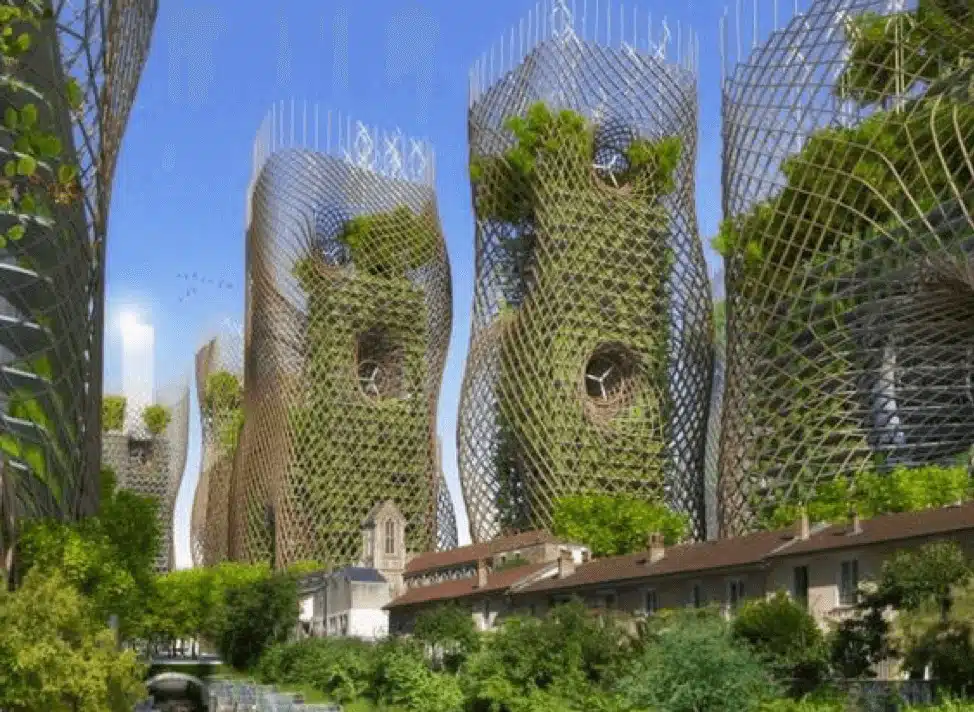
In the age of Big Data and shifting cultural trends, architects everywhere must heed the call for better design solutions. While we might not be colonizing other planets or planning for robotic flying cars, a few things need the architectural industry’s attention. Just consider how the industry has changed over the last few decades. Everything from architectural design to construction techniques has improved.
Today, we have crowdfunding, composting, recycled materials, and more that’s changing the future of architecture. Thanks to technological advancements, architecture is changing at an alarming pace. Here are the top five trends that are transforming the way we see the world.
Immersive Technology Is Changing the Architectural Design Process

Today, architects can experience a design before construction is underway. Virtual reality technology has transformed the architectural, engineering, and construction industry. VR is a giant leap forward for projects in the conceptual stage. Architects can now see how a design comes together and how engineering comes into play.
Another step in the immersive direction is 3D printing. New algorithms can value engineer a structure while helping solve problems with structural resilience and material use. Using large-scale 3D Printers will help future architects create unique structures and realize the limits of design.
Together, VR and 3D printed construction will significantly expand the limits of architecture and construction.
The Smart Cities Design Trend Focuses on the Future
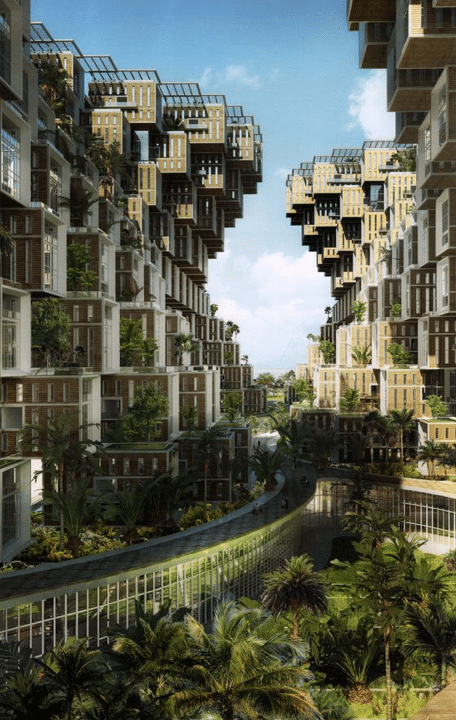
Smart cities refer to a type of urban development based on sustainability. With a greater focus on renewable energy, transportation solutions, smart home energy management systems, more comprehensive access to health, and public service analysis, these smart cities are built to respond to the needs of institutions, companies, and their inhabitants.
Smart city development will allow architects to use resources more efficiently, lower energy consumption, and build cities that maximize efficiency. Big data is essential to understanding how people in cities move, energy use, how various aspects of infrastructure interact, and much more.
Focusing on the needs of the growing community allows architects to develop designs that will last a long time.
Universal Architectural Design Keeps Everyone In Mind
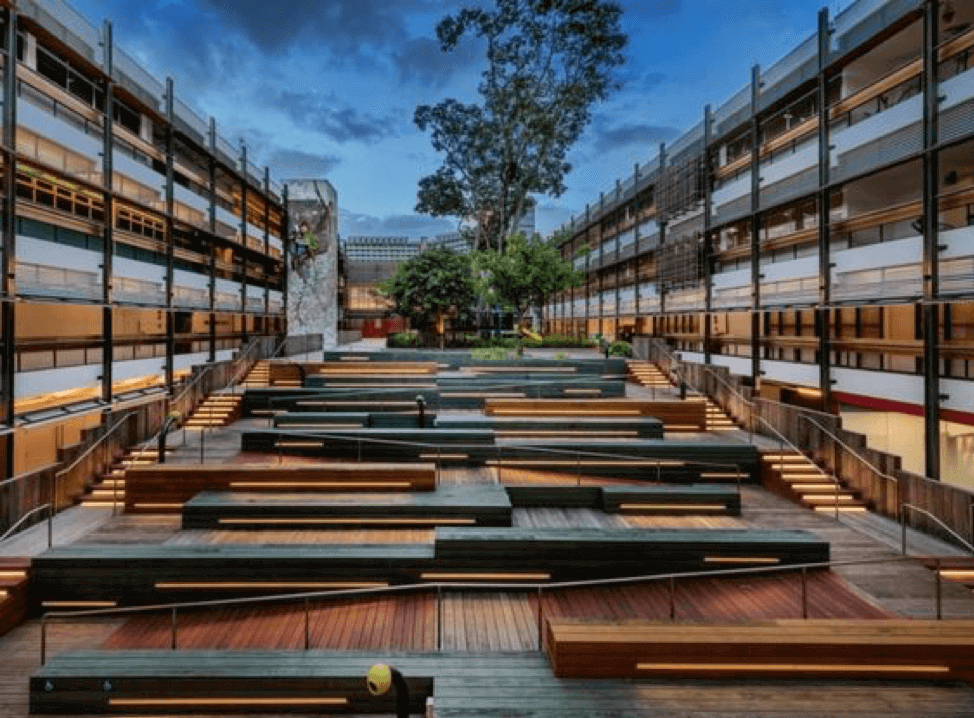
https://www.pinterest.com/pin/AUfVFu0NN19wr3YaedpKD0Gcxv23gaTlYwbMfoZlemQyo2DfPfrKQKI/
Designing for diverse populations is at the top of most architects’ minds. However, many wonder if it is even possible to create architecture for everyone. Inclusive architecture cares for all populations, from the disabled to the elderly to the young and everything in between. Architects must understand the barriers experienced by a wide variety of people. Considering a different picture will help architecture achieve solutions that benefit everyone. Challenge your idea of routine, and the industry will quickly widen the capabilities of well-designed architecture.
WOHA’s Enabling Village (pictured above) takes universal design to the next level by incorporating a disability-focused design. Visitors with disabilities will find many elevators, low-gradient ramps, tactile floor indicators, hearing loops, and braille signs throughout the space. Thanks to its impressive array of all-inclusive features, the Enabling Village was awarded the Platinum BCA Universal Design Mark Award in May 2016.
Eco-Friendly Architecture Trends
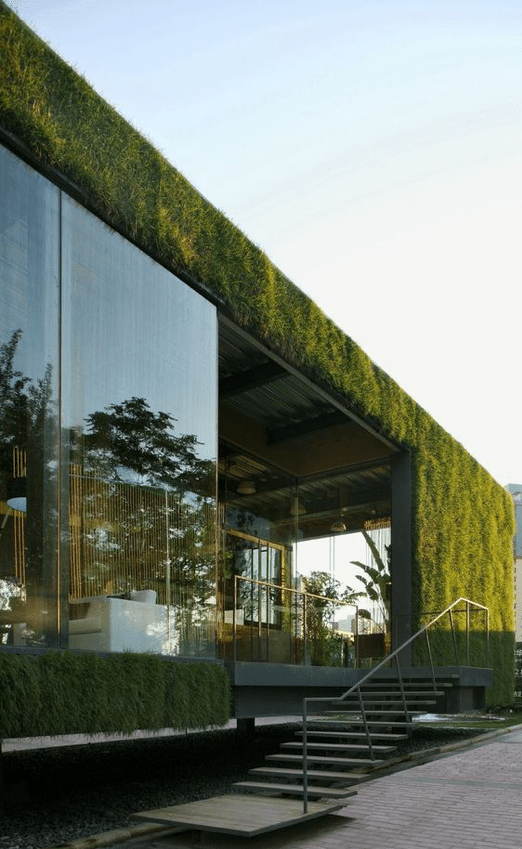
Humanity currently faces major threats, including climate change and limited natural resources. Architects must take on these challenges and come up with better solutions. One way is through sustainable architecture. Only by having an economic focus through multiple facets of the architectural industry can we hope to protect our future environments and climate.
One of the main philosophies behind this architectural trend is reducing waste and recycling space, including physical space, and minimizing energy loss. You can incorporate this trend into your design ideas by looking at three main areas: materials, energy efficiency, and location. Looking at these main areas and taking a more holistic approach, you can make sustainability part of mainstream architecture.
Going Vertical Is Becoming More Popular As Space Becomes Limited
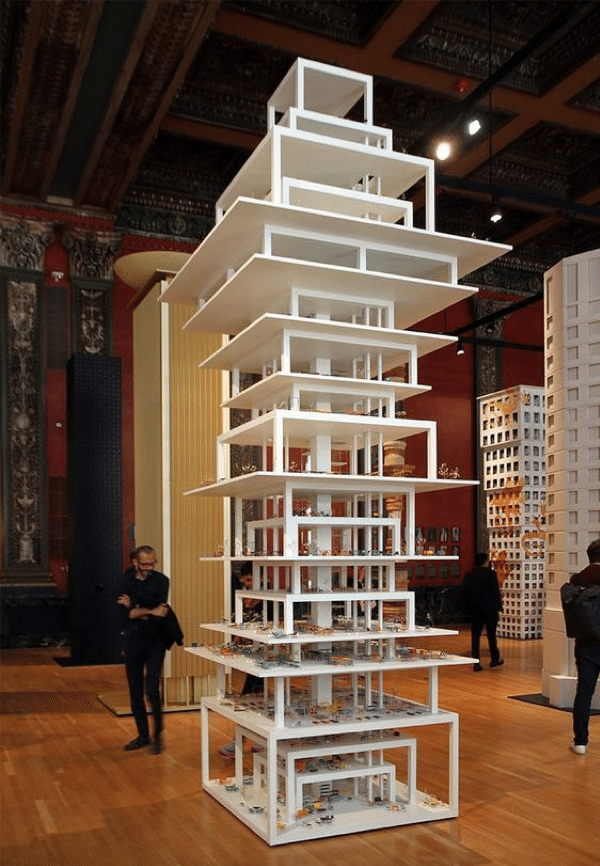
As the population continues growing, space is limited. Some creative architects are exploring vertical cities to solve the problem of livable space shrinkage. If architects hope to address these rising concerns, they must become more space-savvy not only in terms of commercial and residential space allotment but also in infrastructure and public service design.
Working together, the architectural industry can learn how design can better accommodate the next generation. Some solutions that might solve our geographical problems are vertical cities and vertical farming.
Vertical farming has become popular among those in the scientific community as the solution to traditional agriculture’s negative effects on the environment. Vertical cities take high-rise urban dwellings to the next level. Not only will apartments and businesses work in multi-tier buildings but also entire communities.
Conclusion
These trends are at the forefront of many big thinkers’ and architectural pioneers’ minds. If you hope to unlock the key to an environmentally friendly future that lasts generations, consider learning more about these emerging trends.
Contact our team to learn more about how Think Architecture uses these solutions on our current projects to help shape the future of architecture. We would love to find out your thoughts on the evolving architectural community.


